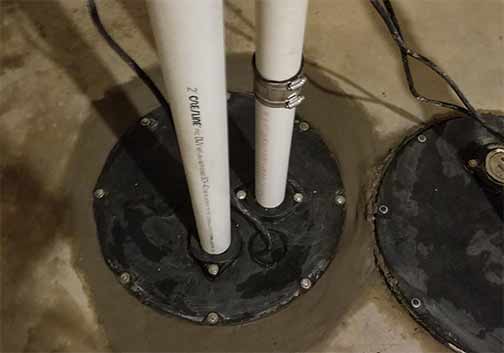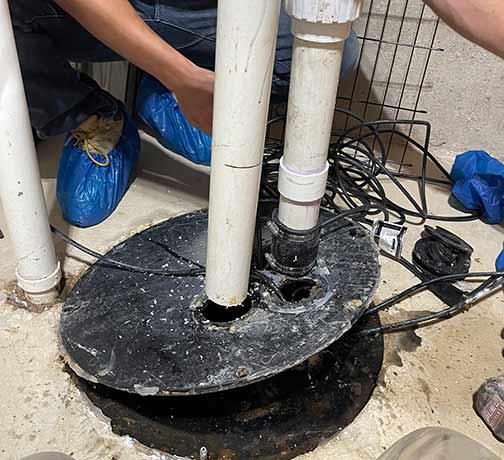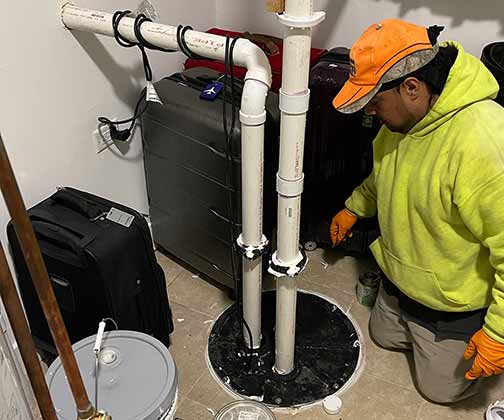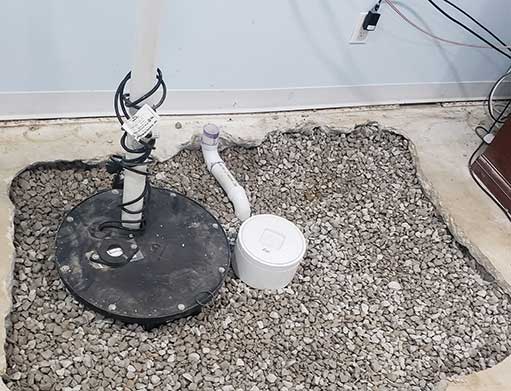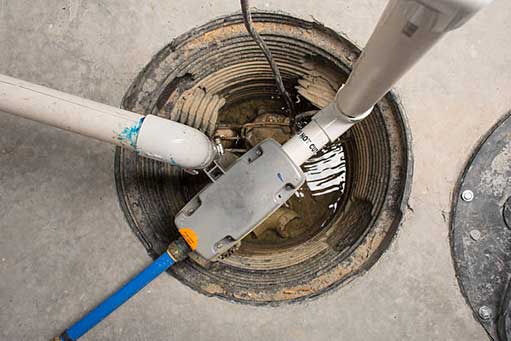
Exploring the variety of benefits of upgrading to a new sewage ejector pump system reveals a wealth of options to improve property infrastructure. From bolstering efficiency and reliability to maintaining seamless sewage management, this investment offers a spectrum of perks that extend far beyond mere functionality!
Enhanced performance
By upgrading to a new sewage ejector pump system, property owners can experience a notable enhancement in performance. The upgraded system is equipped to handle larger volumes of waste with greater efficiency, translating into smoother operations and reducing the likelihood of clogs and backups. This improvement streamlines the sewage management process and minimizes the risk of disruptions, which can be inconvenient and costly. Furthermore, by optimizing performance, the upgraded system also lowers the chances of experiencing issues that necessitate emergency plumbing services.
However, you should always prepare for the worst-case scenario. So, in case a major plumbing emergency occurs, you should have an emergency plumbing service on hand. Also, you should research reliable moving companies in advance and find one that also offers temporary storage solutions. A good resource here is Master Moving Guide, a database of licensed movers. Using this online resource, you can find an experienced local moving company that you can call to help you move your belongings into storage to avoid damage in case of a plumbing emergency.
Energy efficiency
Investing in a new sewage ejector pump system offers substantial energy efficiency benefits. These modern systems incorporate advanced technologies to minimize energy consumption while maintaining optimal performance. So, by upgrading to an energy-efficient pump, property owners can significantly reduce their electricity bills.
Cost savings over time
Upgrading to a new sewage ejector pump system also leads to significant cost savings over time. Property owners can expect lower maintenance and repair costs due to improved reliability and durability with a new pump. Moreover, the extended lifespan of a new pump system means fewer replacements and repairs, further reducing expenses. These cost savings contribute to the property’s overall financial health, allowing owners to allocate resources to other essential areas!
Environmental impact
Another of the benefits of upgrading to a new sewage ejector pump system is lower environmental impact. These modern systems often incorporate environmentally friendly technologies, such as energy-efficient motors and water-saving features. So, by reducing water wastage and energy consumption, the upgraded pump helps minimize its ecological footprint. In addition, the improved efficiency means fewer pollutants are released into the environment, leading to cleaner waterways and healthier ecosystems. As such, municipalities and property owners alike can benefit from the environmental advantages of upgrading, contributing to overall sustainability efforts!
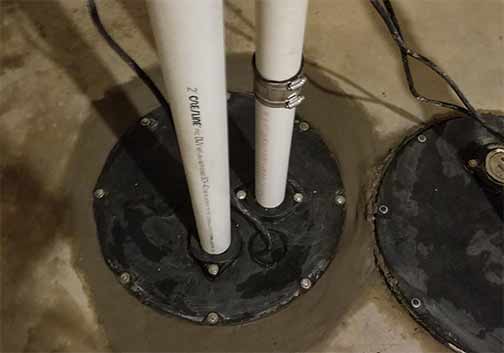
Property owners can expect lower maintenance and repair costs due to improved reliability and durability with a new pump.
Improved property value
Modern infrastructure is desirable for potential buyers or tenants, making your property more attractive in the real estate market. So, the investment in upgraded sewage systems translates into higher resale value, as it indicates a commitment to maintaining and improving the property’s infrastructure. Similarly, properties with updated sewage may stand out among competitors, attracting more attention from prospective buyers!
Enhanced safety and health
Upgrading to a new sewage ejector pump system greatly improves safety and health standards within a property. Reduced chances of backups and clogs significantly minimize the risk of foul odors and health hazards. Preventing mold and bacteria growth further enhances air quality and sanitation levels. In turn, by prioritizing safety and health considerations, property owners demonstrate a commitment to the well-being of their occupants, which can enhance their reputation and attract more discerning tenants or buyers!
Remote monitoring and control
Investing in a new sewage ejector pump system with remote monitoring and control capabilities offers numerous benefits for property owners. With real-time monitoring, property owners can receive instant alerts for maintenance issues or emergencies, allowing quick response and resolution. This proactive approach helps prevent damage and downtime, maintaining uninterrupted sewage operations. Likewise, remote control features enable property owners to manage the system from anywhere, providing convenience and flexibility. By simplifying plumbing maintenance tasks, remote monitoring and control systems also streamline operations and save time and effort for property owners!
Compliance with regulations
Maintaining compliance with sewage regulations is extremely important for property owners to avoid fines and legal issues. Thankfully, upgrading to a new sewage ejector pump system can help meet the latest environmental standards and regulations. Property owners demonstrate their commitment to environmental responsibility and public health by adhering to these regulations. Furthermore, compliance with regulations enhances the property’s reputation and can attract environmentally-conscious tenants or buyers.
Adaptability to future needs
Investing in a new sewage ejector pump system ensures adaptability to future needs, accommodating potential growth and changes. These modern systems are designed with flexibility in mind, allowing for easy upgrades and expansions as wastewater demands evolve. So, by choosing a system that can integrate with future technologies and upgrades, property owners can future-proof their sewage infrastructure. This adaptability mitigates the need for costly replacements or overhauls you might otherwise need, saving time and resources in the long term!
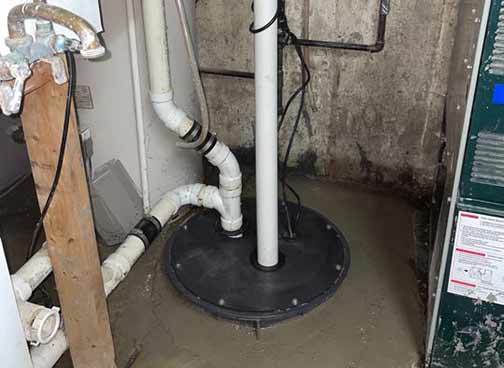
While upgrading offers numerous benefits, proper installation by a qualified plumber is the only way to maximize efficiency and longevity.
Enhanced customer experience
Upgrading to a new sewage ejector pump system can greatly enhance the customer experience for commercial properties. After all, reliable sewage systems are necessary for maintaining cleanliness and hygiene standards, guaranteeing customer satisfaction. So, by investing in upgraded sewage infrastructure, businesses can avoid disruptions and inconveniences caused by backups or malfunctions. Positive customer experiences lead to improved reputation and repeat business, ultimately driving profitability! Besides, a well-maintained sewage system positively affects the overall professionalism and quality of the business.
Professional installation and maintenance
While upgrading offers numerous benefits, proper installation by a qualified plumber is the only way to maximize efficiency and longevity. A reliable plumber can assess the property’s needs and recommend the most suitable replacement for its requirements. Similarly, professional installation means the system is set up correctly, minimizing the risk of malfunctions or issues. From there, regular maintenance by experienced professionals is also necessary to keep things running smoothly and prevent potential problems. We easily see that with the complexity of sewage systems, entrusting the installation and maintenance to skilled professionals is paramount! So, you want a reliable plumber nearby who can help you set it all up.
Leveraging the benefits of upgrading to a new sewage ejector pump system
You gain advantages beyond immediate improvements by leveraging the benefits of upgrading to a new sewage ejector pump. From enhanced performance and energy efficiency to cost savings over time, there’s plenty to enjoy! So, by recognizing the long-term benefits of upgrading, homeowners can make the right decision for their property’s future!
